Buying used guns is an interesting experience. There are several benefits to purchasing used guns. First, they tend to save you a little money, and who doesn’t want to save a little money? Second, sometimes, if you want a particular gun, the used market is the only way to obtain it. The used gun market can be quite large at times, and there are plenty of opportunities to get great deals.
There is also a market for getting ripped off. Not every gun on the secondary market is worth it. There is always that used car risk with purchasing something on the secondary market. You can always get a lemon without a means to make it right!
With that in mind, it’s always wise to go into the used market with a little bit of know-how, and today, we have that know-how for you. This, of course, assumes the purchase will be made in person. If you’re on the used market and shopping online, the best thing you can do is check the reputation of the website or user selling the weapon.
When it comes to in-person sales, we have some tips and advice for you to get the best deal possible.
Research the Gun
Most guns are fairly well-made these days. A stinker is big news, and gun-writer blowhards like me will talk about it forever. If you are considering a certain gun, it is best to fire up the Google machine and start doing your research. Does the gun you’re shopping for have problems historically, like the Remington R51 with a very problematic release, and the guns are plagued by problems?

Outside of problematic guns, researching the weapon makes it easy to figure out what the aftermarket looks like, what the holster market can be like, or if magazines are even remotely affordable. Maybe you’ve found a great pistol at a great price, but the magazines cost $80 because they are HK-made, and they hate you.
Finally, research makes sure you are getting a good deal on the gun. You can shop used listings across the internet and even see new prices. If I had a nickel for every time I saw a used gun cost more than a new gun, I’d have about $1.35. Hell, if I’m in a gun show, I will whip out my phone and start doing research right there.
Check The Basic Functions
You did your research on the gun, you know its ins and outs, and the price isn’t bad. What’s next? Before you start running your hands all over someone else’s gun, make sure you get permission from the owner. I tend to ask specifically if it’s okay if I do this or that before handling the firearm. Some people get sensitive over random people messing with their guns.
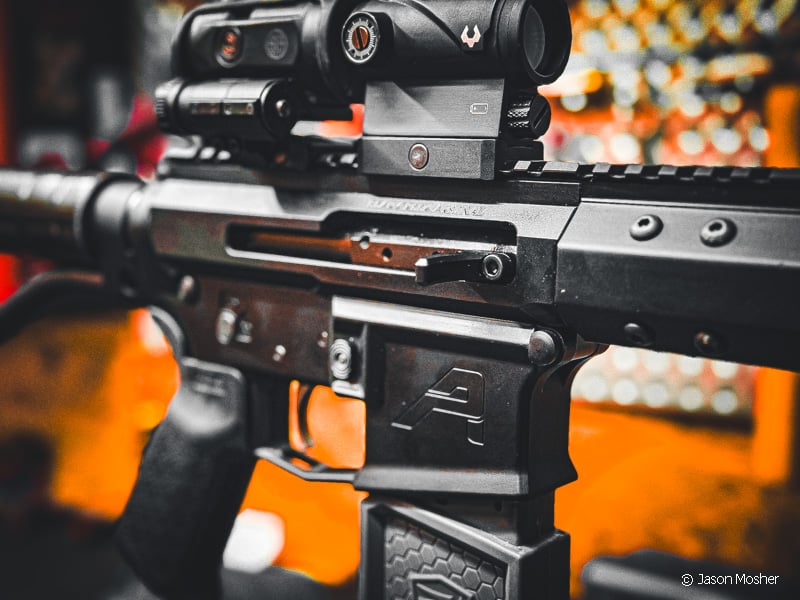
First, you want to give it a general look over and check the overall function of the weapon. I want to try to lock the slide or bolt open. I want to test the bolt release, the magazine release, and the safety. Generally, I want to test and try anything that clicks or pops. Does the magazine eject and fall free of the magwell? Does the magazine look good?
I also like to function-test the gun. This means I ensure it’s clear and dry-fire the gun (with permission). I pin the trigger rearward and operate the bolt or slide. Then, I release the trigger and examine it reset. This is a very basic function test that’s worth doing with most weapons. Again, make sure you ask permission before dry-firing anyone’s gun.
Look For Bubba Smithing
One of the big things I look for is the presence of aftermarket parts and pieces. Mainly, it’s because I typically have a distrust of the average Joe on how to install various parts and pieces on a gun. If aftermarket parts are present, I pay lots of attention. Look to ensure it’s installed properly. Depending on the part, improper installation could cause advanced wear, which will cause issues later on. I also always try to get the original parts back if possible.
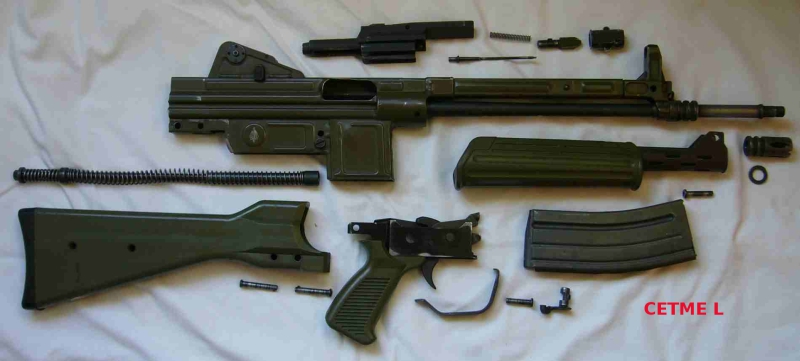
Outside of aftermarket parts and pieces, I look for things like “idiot marks” on 1911s, deformation of pins, beat-up sights, loose grips, screws, and beat-up magazine base plates. This all tells a story of rough use and high miles. This isn’t always a huge negative, but it might affect how much I’m willing to pay for the gun. Sometimes, it’s a great negotiating point.
Inspect the Gun Inside and Out
Again, make sure you ask permission before you disassemble anything. In fact, sometimes, it’s best to ask the owner to disassemble the gun for you to inspect. I’m looking for rust first and foremost. Has it been built up internally? That’s the most common issue with used guns. Next, I’m looking for rust in the bore, especially with surplus rifles and handguns. Corrosive ammo is a hassle and lots of Mosin and Enfield owners might not realize what their ammo did to their bore.
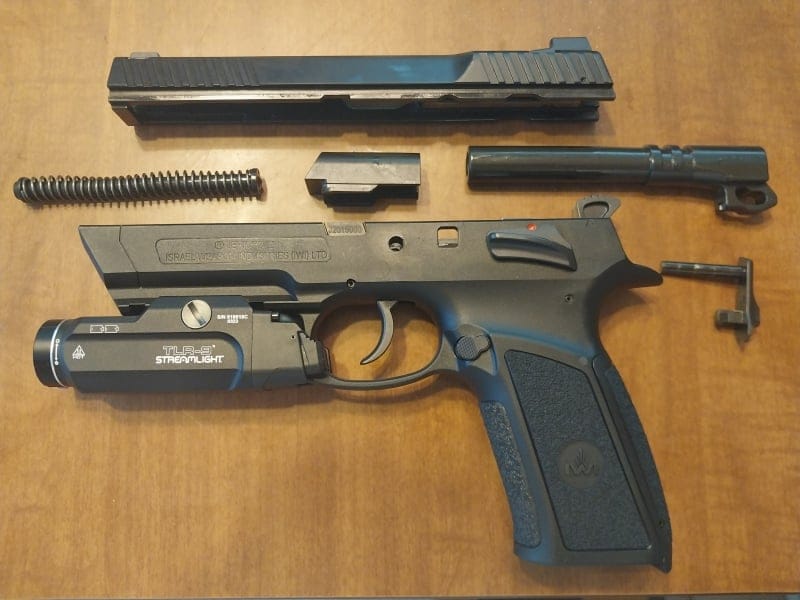
You also want to look for odd chipping, deformations on the bolt face, or anything that looks excessively beat up, depending on the firearm. With shotguns, a stiff pump action is a sign of issues; with an AR, it’s a deformation of the buffer tube. Part of our initial research into the gun should be telltale signs of problems.
Know Your State Laws
We’ve covered some of the things that involve firearms. Let’s talk about some of those external issues. One of the main ones will be individual state laws. A lot of states don’t allow for the private transfer of firearms between individuals. This means you have to commit the transfer with a Federal Firearms Licensee holder.
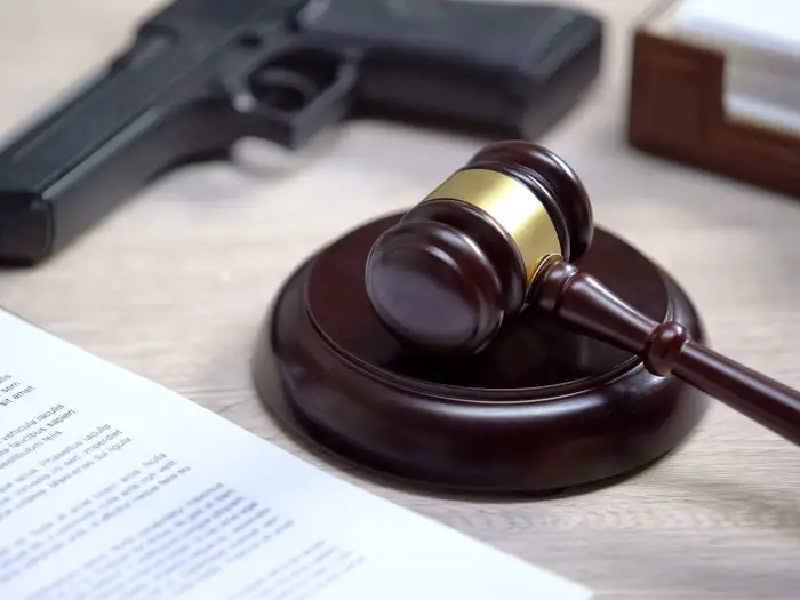
This sucks and is pretty anti-2A, but if it’s the law, I could never advise someone to break it. I will advise you to fight it, and better yet, I advise you to know the law. Understand the laws in your state and locality, and make sure you don’t end up on the opposite side of those laws.
Meet In a Public Place
Have you ever seen that movie Ronin? There is a famous scene where they are buying guns, and Sean Bean says, “Just because we are buying guns doesn’t mean we don’t have any.” That’s exactly how I feel whenever I go to some gun-buying deal I arranged over Armslist. I take precautions, mainly meeting in safe and public places.
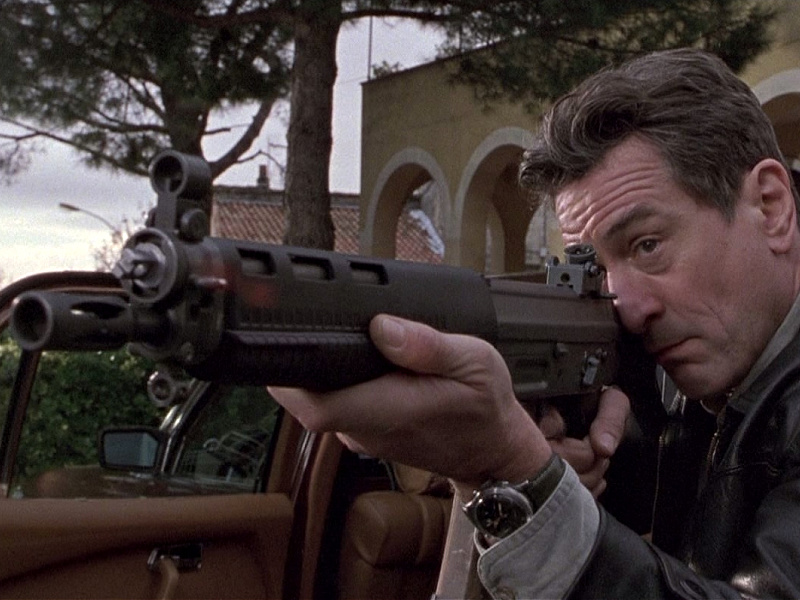
I like to have people around as I purchase yet another Beretta Tip-Up that I’ll complain about later on the internet. Meet somewhere safe, and if that’s an issue for the seller, then it’s not worth the deal. I’m not going to some random guy’s apartment with $500 in cash. A lot of cities have marketplace meet-up spots with cameras and lighting 24/7. Those are great, and so is a Publix because, well, it’s a Publix, and I can get a sub sandwich afterward.
The Used Market
Buying used guns has given me lots and lots of winners. How else can I get a Mauser HSC in 2023? The used market shouldn’t be ignored, and there are plenty of great guns out there that can be had for a great price. It does pay to pay attention and to look hard and deep into what used gun you want to make sure it’s the used gun you’ll get.

